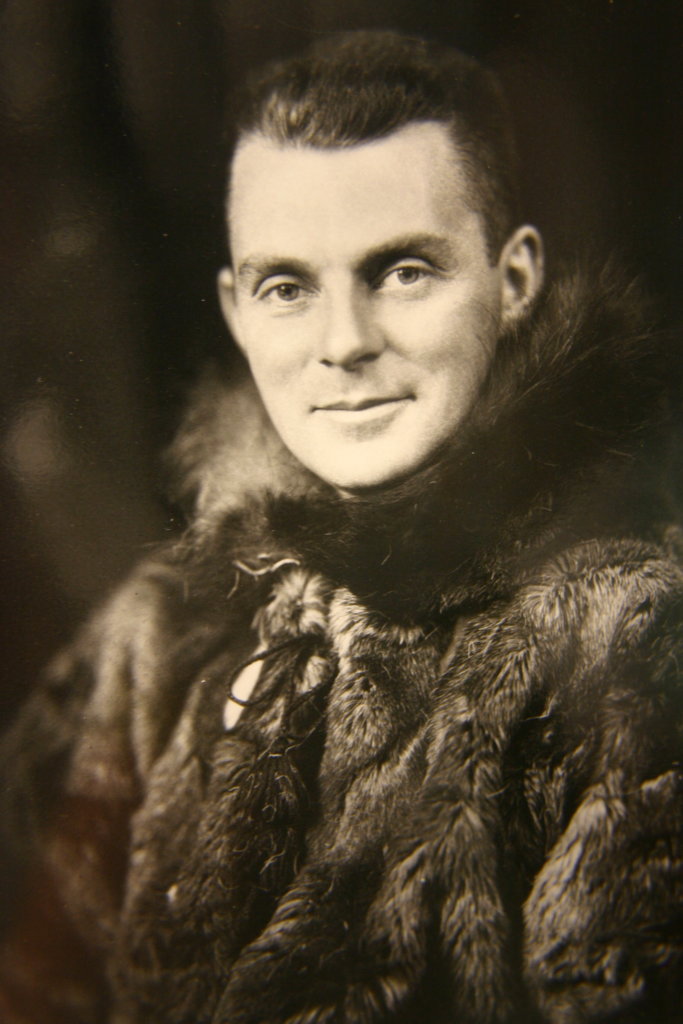
Also known as “Bush Pilot,” “The Snow Eagle” and “Canada’s Sky Explorer,” Dickins had about as many flying monikers as he had flying firsts. He was the first to fly the length of the Mackenzie River and across the Arctic Circle, and he established the Winnipeg-Regina-Calgary-Edmonton-Saskatoon-Winnipeg airmail route.
“He’s just a fascinating character,” director of stamps for Canada Post Jim Phillips told CBC upon honouring Dickins’ in a 2019 stamp series.
But perhaps no feat of Dickins is as grand as his 12-day, 6,400-kilometre pioneering flight over the unknown Canadian tundra on Aug. 28, 1928.
“For all intents and purposes, it was the 1920s equivalent of flying to the moon—once out there, they were on their own,” wrote online aviation magazine Historic Wings.

Dickins was tasked with what seemed like the impossible: a 6,000-plus-kilometre reconnaissance flight in Northern Canada, from Baker Lake to Fort Smith.
Born in Portage la Prairie, Man., Dickins spent most of his life in Edmonton before enlisting in the 196th Battalion at the age of 18. He served as a clerk before transferring to the Royal Flying Corps.
Downing seven enemy aircraft during the First World War as a second lieutenant in the Royal Air Force’s 211th Squadron, Dickinsalso received a Distinguished Flying Cross in 1919.
In 1924, Dickins became one of the original officers of the Royal Canadian Air Force, until 1927 when he decided to go from pilot to pioneer by working for Western Canada Airways. After one year with the company, Dickins was tasked with what seemed like the impossible: a 6,000-plus-kilometre reconnaissance flight in Northern Canada, from Baker Lake to Fort Smith. It was a route that would have spooked any pilot of the time.
“Once beyond Fort Churchill, the flight was beyond the knowledge of man and into veritable ‘terra incognita,’” wrote Historic Wings.
Tasked with mapping the Barren Lands and scouting for mineral sources, Dickins flew an American-made Fokker Super Universal, a newly designed bush plane that was fit with rugged landing gear, a wooden wing and an enclosed cockpit.
He was accompanied by certified mechanic Bill Nadin and prospector Donald MacAlpine, who Dickins said were the “two best passengers” he had ever piloted.
Any ability to communicate via radio was dashed, with the signal unable to hold. Then his compass stopped working.
After taking off from Winnipeg and heading north to Fort Churchill, Dickins quickly realized his map was useless since most of the area he was covering was uncharted. And amid the North’s barren landscape, Dickins found it difficult to pick out any major landmarks such as large lakes or rivers.
“We had been flying over a piece of the map that was marked ‘unexplored,’” Dickins recalled in a 1989 documentary.
“I jokingly said [to my passengers], ‘Now you fellows keep looking out the window and when you see any of those letters down there, you tell me, and I will know where we are.’”
Plus, after passing Fort Churchill, any ability to communicate via radio was dashed, with the signal unable to hold. Then his compass stopped working, so he had to fly using the sun as a directional guide. He eventually arrived 65 kilometres away from Fort Smith to refuel.
“From 28 August to 9 September, 12 days, we had flown around a circuit of 3,956 miles from Winnipeg to Churchill…37 hours of flying that would have taken two years by any other method,” Dickins told the Canadian Aviation Historical Society’s journal.
“I look back on this particular trip, after 40 years, as probably the most outstanding one of many.”
Dickins was subsequently awarded the McKee Trophy, now Canada’s oldest aviation award, for the flight, which simultaneously led Gilbert LaBine to discover the Eldorado Mines, an important uranium source for the Manhattan Project’s future experiments.
Having logged 1.6 million kilometres in flight, shaping the future of aviation in Canada and with a rock on Mars now named in his honour, Dickins set the bar to interplanetary-high levels for subsequent pilots.
“He would go on to map yet more of the Arctic,” wrote Historical Wings, “and truly embody what it means to be a ‘bush pilot.’”
Advertisement












